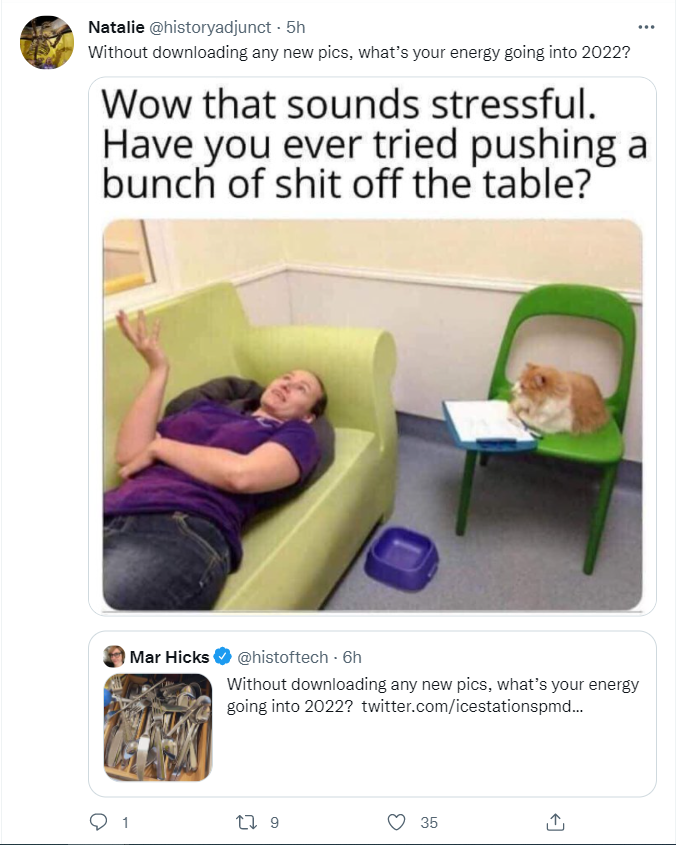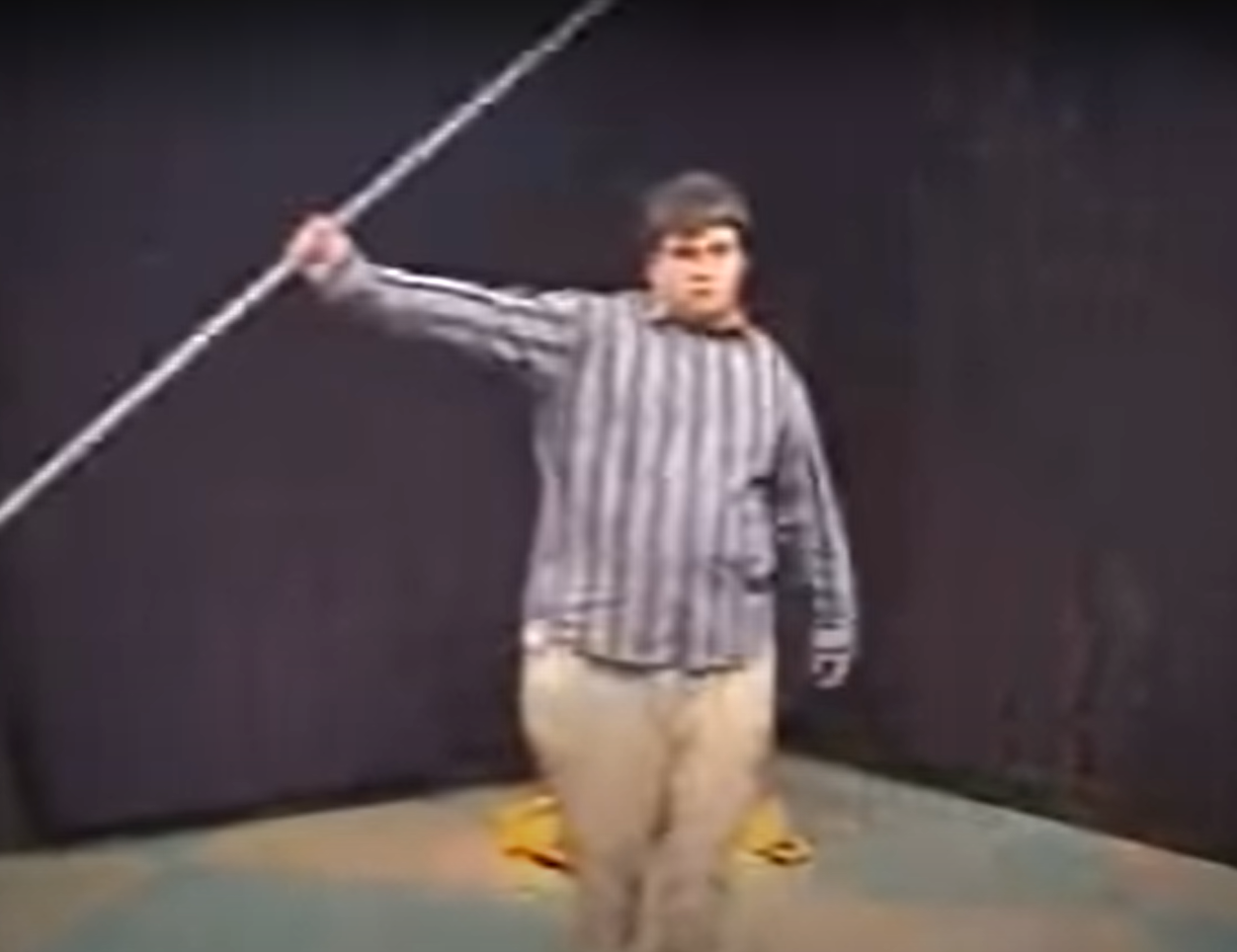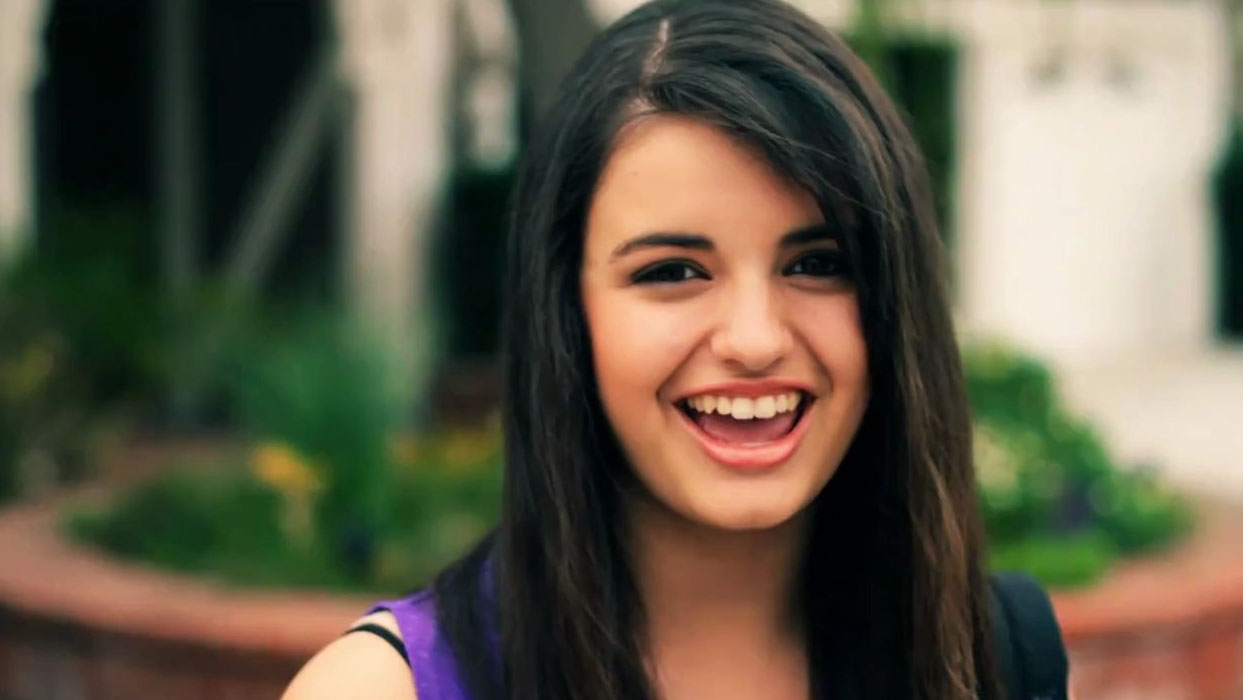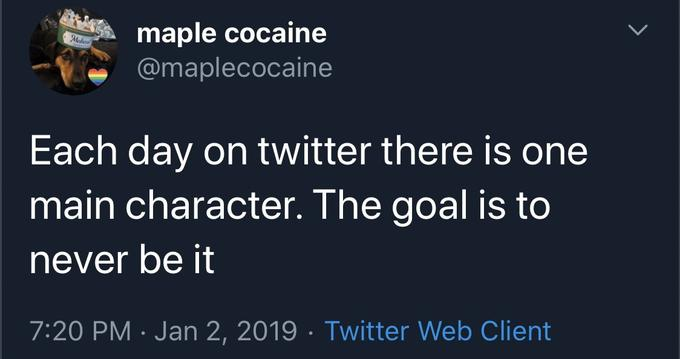Virality and Intention
Contents
12.4. Virality and Intention#
When someone creates content that goes viral, they didn’t necessarily intend it to go viral, or viral in the way that it does.
If a user posts a joke, and people share it because they think it is funny, then their intention and the way the content goes viral is at least somewhat aligned. If a user tries to say something serious, but it goes viral for being funny, then their intention and the virality are not aligned.
Let’s look at some examples of the relationship between virality and intent.
12.4.1. Building on the original intention#
Content is sometimes shared without modification fitting the original intention, but let’s look at ones where there is some sort of modification that aligns with the original intention.
We’ll include several examples on this page from the TikTok Duet feature, which allows people to build off the original video by recording a video of themselves to play at the same time next to the original. So for example, This tweet thread of TikTok videos (cross-posted to Twitter) starts with one Tiktok user singing a short parody musical of an argument in a grocery store. The subsequent tweets in the thread build on the prior versions, first where someone adds themselves singing the other half of the argument, then where someone adds themselves singing the part of their child, then where someone adds themselves singing the part of an employee working at the store1:
This thread is evidence of the way TikTok’s duet feature can result in the most hilarious and creative collaborations.
— Emma Lynn (@emmaspacelynn) October 5, 2020
Pretty much a guy wrote a musical number about a grocery store and everyone is adding onto it and I am deceased.
Part 1 pic.twitter.com/4z5Mqbscgp
As another example, this tweet is instructions for how to interact with it (add a picture), and people keep copying the instructions with their replies.

Fig. 12.6 A quote-tweet thread with instructions to interact with it.#
Content might even have direct indications for how to modify it. For example, the original TikTok video in this compilation (cross-posted to YouTube) has a song, but during a section with no singing text appears on the video to say “You do something here?????” and then “Wow great job” and “Nice.” Other users then used the TikTok Duet feature to sing/play along and add their own verses to that section:
12.4.2. Antagonistic to original intention#
Sometimes content goes viral in a way that is against the intended purpose of the original content. For example, this TikTok started as a slightly awkward video of a TikToker introducing his girlfriend. Other TikTokers then used the duet feature to add an out-of-frame gun pointed at the girlfriend’s head, and her out-of-frame hands tied together, being held hostage. TikTokers continued to build on this with hostage negotiators, press conferences and news sources. All of this is almost certainly not the impression the original TikToker was trying to convey.
12.4.4. Intentionally bad or offensive content#
Users can also create intentionally bad or offensive content in an attempt to make it go viral (which is a form of trolling). So when criticism of this content goes viral, that is in fact aligned with the original purpose.
For example, this cooking video contains an unusual recipe (SpaghettiOs as a pie filling) and unusual cooking methods (like using forearms to spread butter).
In the comments, people post their horrified reactions, and the original poster responds naively (e.g., viewer reaction: “When she started mashing her forearms into the butter and garlic my soul left my body.” Video creator reply: “in a good way, right? haha”). The video continued to spread as people tried the recipes themselves (link 1, link 2).
It turns out that this video and other similar cooking videos are intentionally made to be bad videos and intended to produce a reaction (see article: Your Least Favorite Gross Viral Food Videos Are All Connected to This Guy).
Saying and doing provocative, shocking, and offensive things can also be an effective political strategy, and getting viral attention through others’ negative reactions has been seen as a key component of Donald Trump’s political successes.
12.4.5. Content made about others#
Sometimes people make content about other people that then goes viral.
Sometimes the original source of the content doesn’t have intentions or awareness of social media, such as this cat, whose drinking sounds are used to build a musical piece (using TikTok Duet), eventually becoming the song Nature Boy by Nat King Cole and then with added original lyrics:
Other times, the subject has no limited or no awareness of social media because they are a child (see the article: Their children went viral. Now they wish they could wipe them from the internet.)
Content or recordings of others can also be shared in a way that may embarrass or harm the other person, such as is mocked in this parody headline from The Onion:

Fig. 12.11 Parody headline from The Onion.#
Posting content about others (that they don’t want to go viral) can also be a way of trying to get justice, such as two videos recorded on May 25, 2020, that went viral:
A Black bird watcher named Christian Cooper talked to a white woman named Amy Cooper [coincidentally same last name] in Central Park in New York City. Amy’s dog was not on a leash (which was against the rules of the park), and when Christian confronted her she got angry. Christian then recorded Amy saying she was going to call the police and say, “There’s an African American man threatening my life,” and then she followed through and called 911 (this could have easily resulted in police violence against Christian Cooper).
On the same day in Minneapolis, Minnesota, a white police officer named Derek Chauvin murdered a Black man named George Floyd by kneeling on his neck until he died, while a crowd around him filmed the incident and begged Derek Chauvin to stop.
While neither Amy in New York nor Derek Chauvin in Minneapolis likely wanted those videos to go viral, the posting of those videos brought consequences to both Amy Cooper and Derek Chauvin for their racist actions which they probably wouldn’t have faced if not for the viral videos.
- 1
The videos in this TikTok thread do not have captions (for those who cannot hear), and we could find no properly subtitled version of the videos, nor any separate copy of the lyrics. In future versions of the book, we may at least copy the lyrics somewhere for future viewers.




